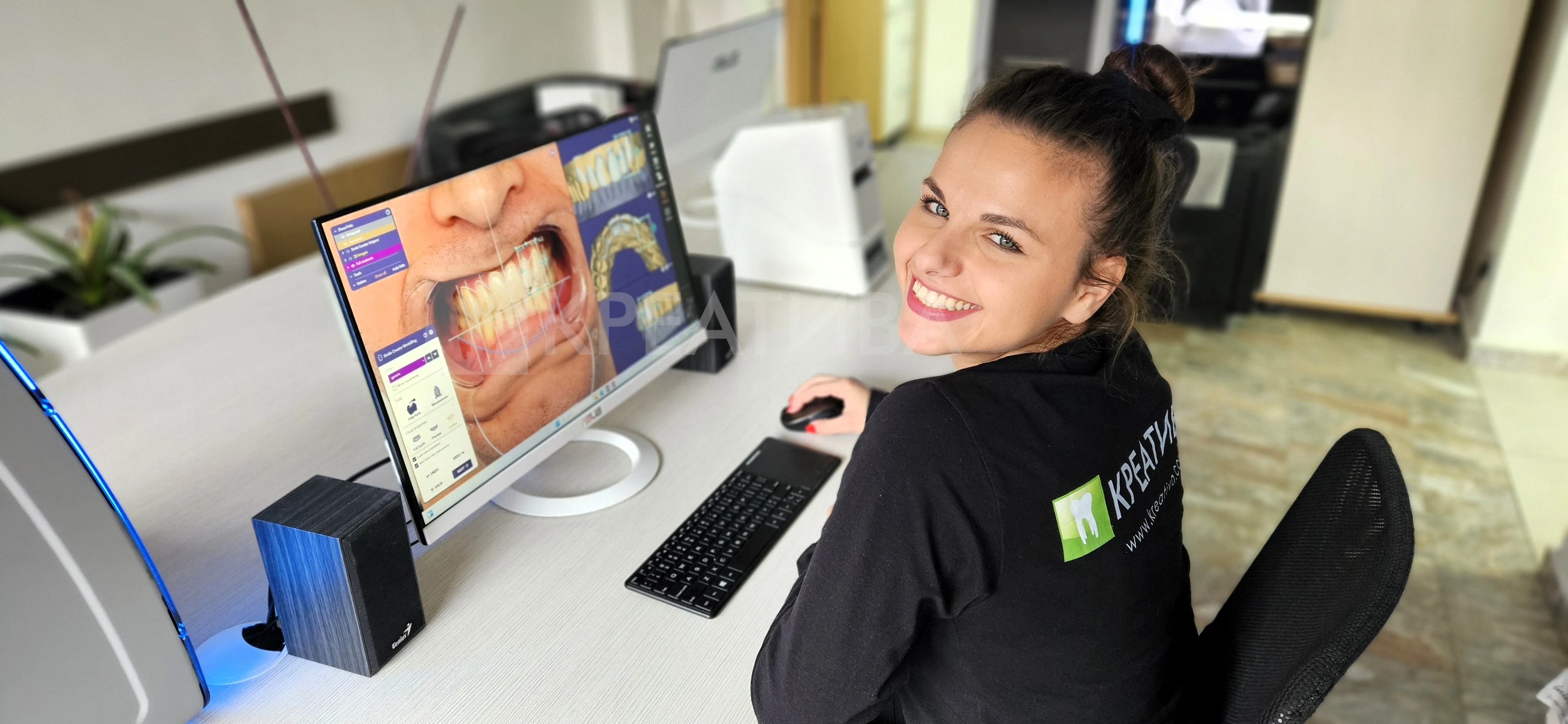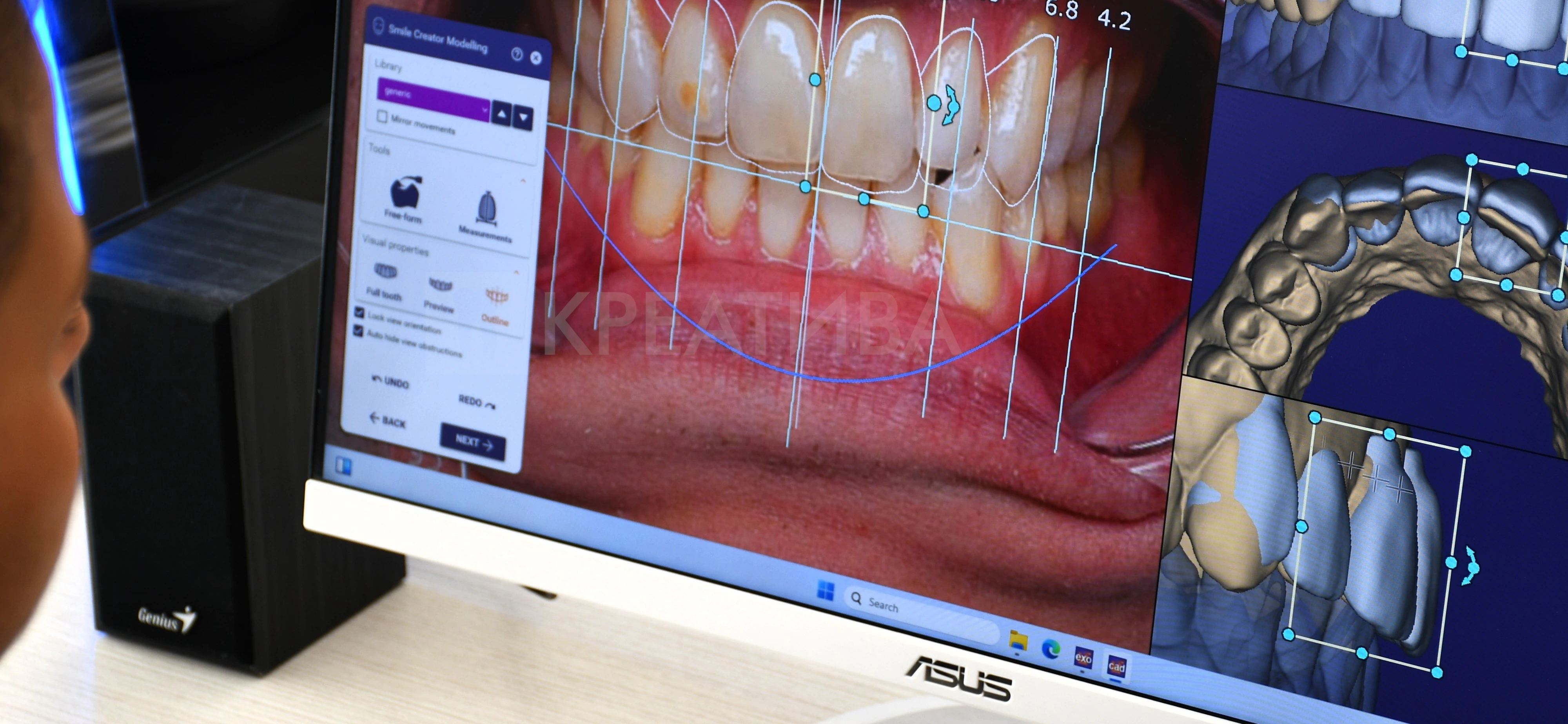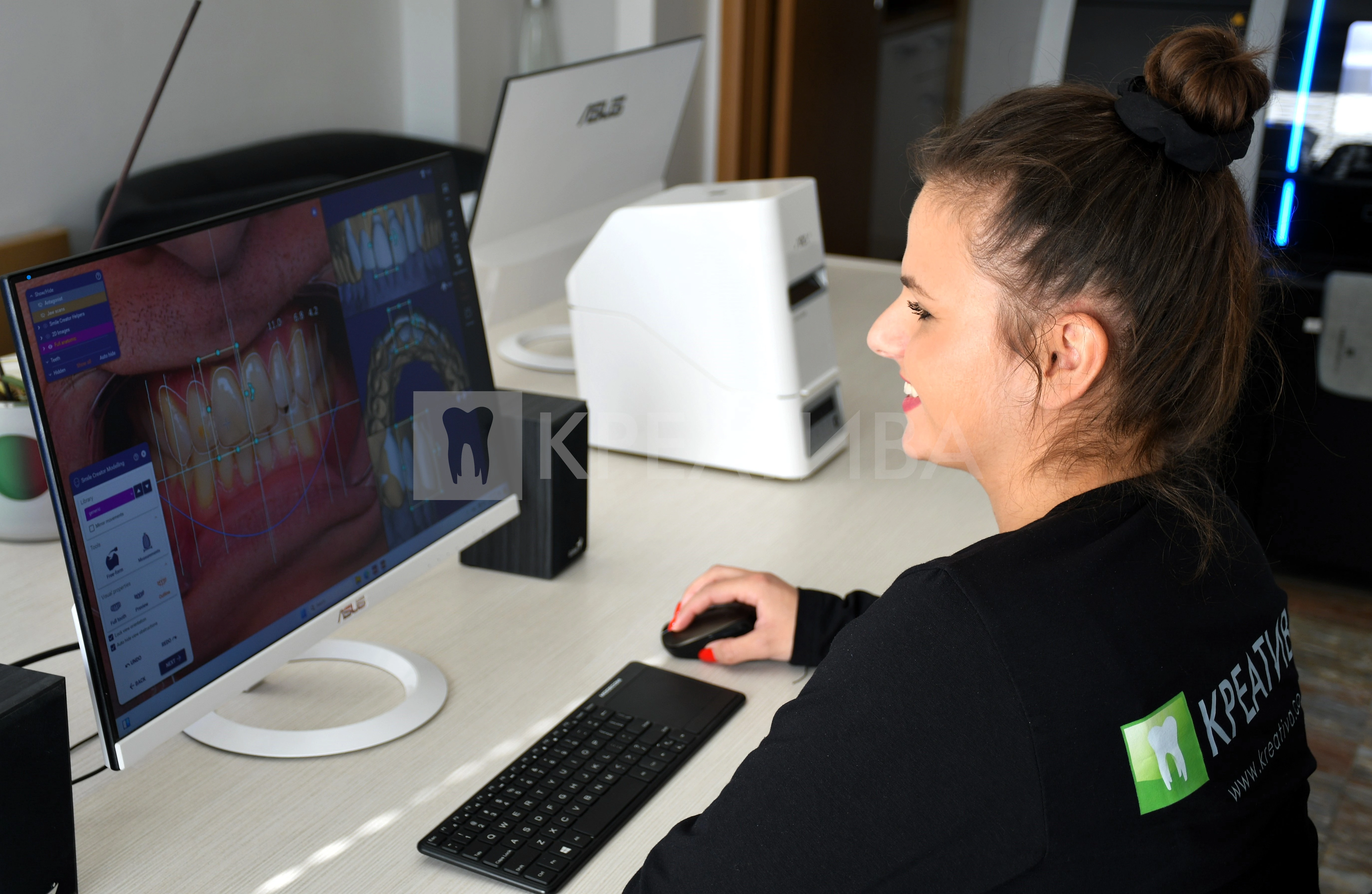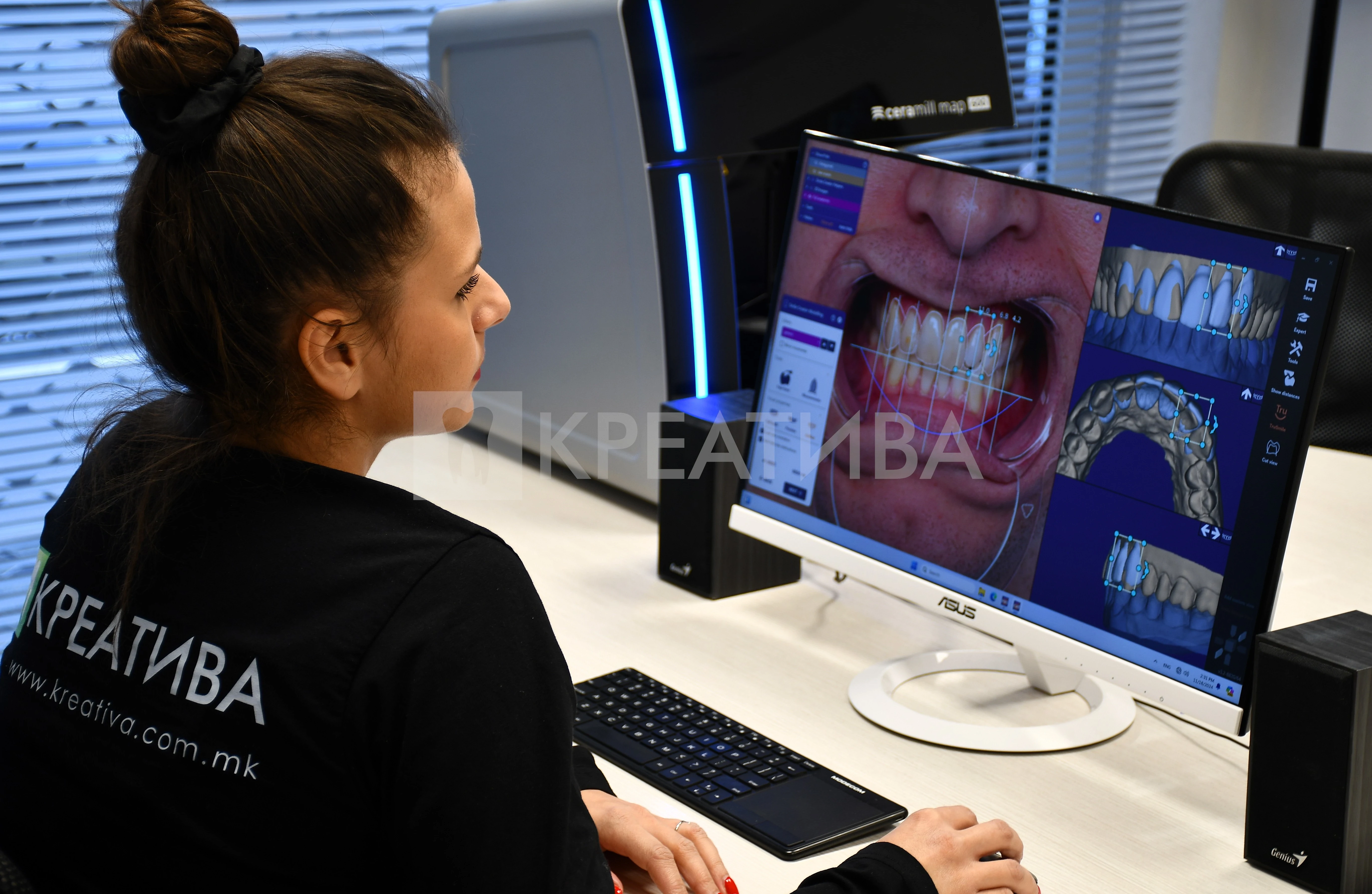Digital Smile Design
After assessing a patient's facial features and identifying their specific characteristics, we proceed to incorporate them onto their current teeth. This enables us to create a blueprint for the shape, size, and positioning of their upcoming teeth, resulting in a smile that perfectly complements their facial structure.
DSD is a very valuable instrument for dealing with all types of circumstances and methods of manufacturing. It's often used for orthodontic therapy, prosthesis production, and large-scale implant work, as well as fixed work, veneers, and crowns. It is critical that the teeth are in the frontal area, which contributes to the majority of the smile's aesthetics.


When a patient is not sufficiently motivated to undergo cosmetic surgery for a variety of reasons, this tool is used to plan all types of work and to help ease any concerns and to demonstrate to the patient how his future smile will appear, what can be done and what cannot be done so that we can perform a thorough case analysis. Because we are explicitly led from the beginning and the patient knows exactly what to expect, when we employ DSD the outcome is predictable and there is no reclamation.
Digital smile design (DSD) is a tool made up of digital photography, a computer, and—most importantly—a technician or dentist who is designing must be very familiar with the aesthetic parameters, remain objective in situations where they are not ideal, and know how to use their experience, knowledge, and skills with this tool. It's crucial to inform the patient about what is genuinely attractive and natural when creating a fresh smile.
In addition to providing us with predictable results, less stress, fewer claims, better service, and—most importantly—happy patients, DSD is a tool that will motivate the patient.


